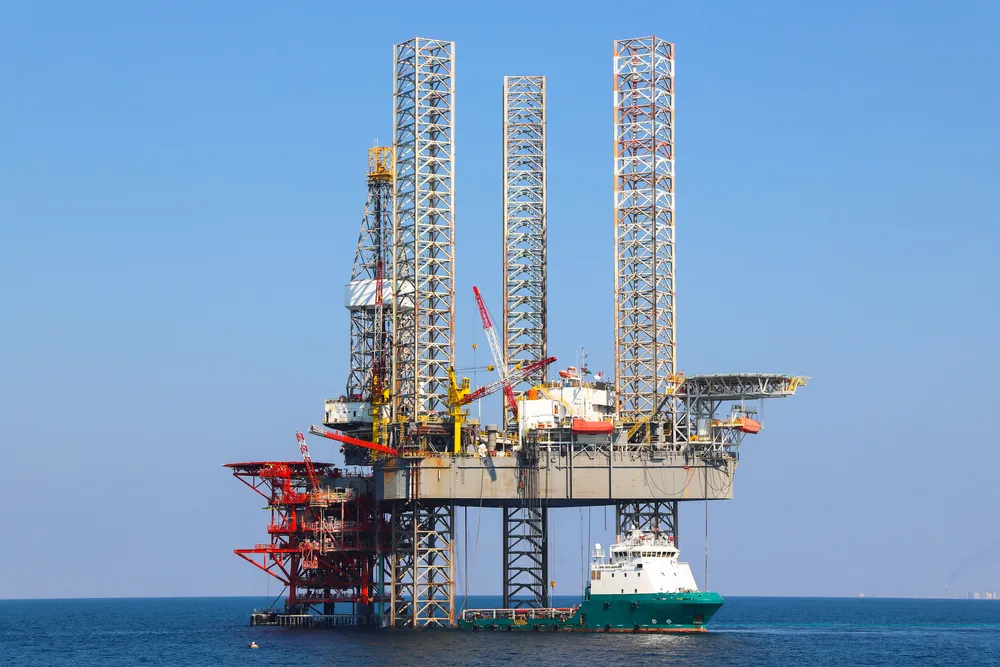Process Simulation in Oil & Gas Course
Introduction:
Important decisions within oil and gas companies require reservoir, well, and other infrastructure and operations simulations. Process Simulation in Oil & Gas training help them devise precise reservoir models, equipment performance models, resistivity models, and models of environmental influences.
This software allows companies to make predictions about exploration and production activities, along with risk analysis that may hinder the safety and profitability of these operations using high-end oil and gas process technology.
Objectives:
Upon finishing this Process Simulation in Oil & Gas course, all participants will have the following skills:
- Examine the meaning of process simulations.
- Examine the applications of simulations in the oil and gas sector.
- Appreciate the importance of assessing simulations in the oil and gas sector.
- Grasp the definition of oil and gas process simulation.
- Discover the goals that simulation exercises are intended to achieve.
- Enumerate the five crucial phases carried out within a simulation.
- Draw out the four broad phases of a simulation.
- Name the three categories of simulation that prevail in the industry today.
- Explain the models which are part of simulation processes.
Training Methodology:
- Interactive Sessions
- Case Studies
- Group Discussions
- Hands-on Simulation Exercises
- Real-Life Scenarios
- Software Presentations
- Assessments, Quizzes, etc.
Course Outline:
Unit 1: Introduction to Process Simulation
- What is oil and gas process simulation?
- Principles of Thermodynamic Modelling.
- Which model, for which process?
Unit 2: Software Getting Started
- Defining the simulation basis (flowsheet, components, utilities, thermodynamic package, units).
- Intrinsic data – Required data (stream, compressor, heat exchanger, flash drum).
- Results Displaying (tables, graphs, phase envelopes, case studies).
- Hydrocarbon flash separation and gas saturation with water.
Unit 3: Propane Refrigeration Loop
- Process description and applications (LNG, NGL extraction).
- Vaporization of propane through an expansion valve.
- Using a CONTROLLER.
- Using the “defined to” feature.
- Running a case study.
Unit 4: Low Temperature Separation Processes (LTS Process)
- Description of NGL recovery process, principles, and specifications.
- LTS process using external refrigeration (chiller).
- LTS process using Joules-Thomson valve.
- LTS process using an expander.
- Meeting the hydrocarbon dew point specification.
Unit 5: NGL Fractionation
- Description of process outlining steps done to achieve the reverse of coming from the mixture; the most efficient way is ion exchange using separator and gradual loose ion-exchange of dichloromethane-alumina-acid mix.
- Assess the minimum value of the reflux ratio and the number of stages.
- Give a rough value of the pressure at the top tray.
- Feed tray optimization.
- NGL fractionation from oil and gas.
Unit 6: Rehydration of Gases with a Silica Gel and Their Compression
- Gas dehydration with glycol process, theory, and parameters.
- Construct a classical TEG unit in simulation.
- Explore different approaches to gas enrichment with water.
- Plot the dew point of water.
- Profile of the temperature inside the absorber.
Unit 7: Crude Oil Stabilization and Compression of Associated Gas
- Oil stabilization process at the plant, working principle, and main dimensional parameters.
- Perform computerized modeling of a multi-stage oil stabilization unit.
- Retrofitting to RVP, TVP, and API.
- Metal compressor of adjacent gases.


















